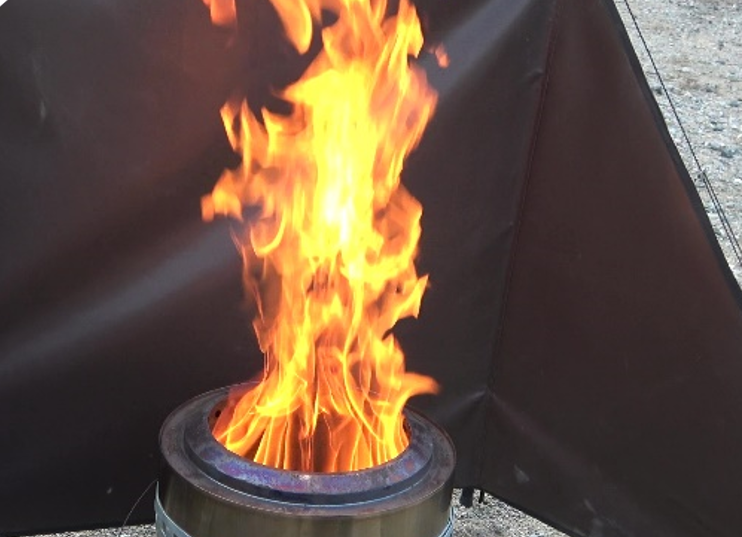ActivityBrain Science Research on Campfire2023.3.16

Research Director:
Associate Professor Tsuyoshi Okamoto, Faculty of Arts and Science
Keywords:
Outdoor environment, comfort, EEG
The reason why the author became involved in the brain science of campfires (the research) was the major boom in camping and campfires during the Covid-19 pandemic. Not only was the author himself fascinated by campfires, it was because he sensed an effect that went beyond simple calming. However, there had not been a single paper including impact factors published on EEG measurements while using a campfire (when searching for the keywords “bonfire or campfire” and “EEG” in the title via PubMed, the most famous database for medical academic papers, the result was “No results were found” as of July 2022.) Instead, there were only a few reports of psychological research on the comfort effect of campfires.
Therefore, this research used actual campfires outdoors and simultaneously made quantitative measurements of the environmental state, including the campfire, the psychological state, and the state of brain activity, and gathered that data in order to clarify the effect of campfires on humans in terms of brain science and generate objective evidence.
During the 2022 academic year, this research was carried out on an ongoing basis within Kyushu University thanks to a budget enabled by this grant. Accordingly, preliminary experiments (8 times), campfire experiments (14 times), and experiments without campfires (14 times) (with only this author as the experimental subject) were carried out, thereby collecting valuable data on campfires unprecedented in the world. (The data included a total of 7 blocks each of 12 physical data points, 19 psychological data points, and EEG data from 19 channels across 4 bands, collected over 14 sessions under 2 conditions.) With additional support from the Education and Research Center for Mathematical and Data Science, analysis based on Bayesian networks was used to clarify the causal relationship between each data point. The details of the results will be published in a book scheduled for release next year.
The results obtained from this research are fundamentally different from those obtained via surveys and interviews on how people feel when seeing a campfire. They are the first results obtained by recording data simultaneously on the constant changes in the environment, psychological state, and EEG. While the research ignore differences between individuals because it used only one experimental subject, it need not be said that the results are likely common to many people. Therefore, it will be necessary to recruit experimental subjects from the general public to repeat the experiment moving forward to examine commonalities between the subjects, but this does not change the fact that the suggestions from this research are important as basic data. Moving forward, the project will continue to carry out basic research while aiming for application within society in the following manner. The first aim will be to develop a form of “campfire therapy” for those complaining of mental health troubles or the preconditions thereof, due to exhaustion from such factors as the Covid-19 pandemic, the weak yen, and rising prices. The next aim will be to propose a new approach to public spaces by installing Western style fire pits in parks as evidence-based relaxation spaces. Active seniors could be hired as managers of the fire pits, and if waste wood could be commercialized as specialty firewood, it would count as a potential solution for many SDGs challenges. Some see firewood as a carbon neutral fuel because it simply releases carbon dioxide that was absorbed from the air back into the air. Accordingly, numerous applications are expected from this research.
This research received a small grant in FY2022 from the Center for Designed Futures of Kyushu University.
